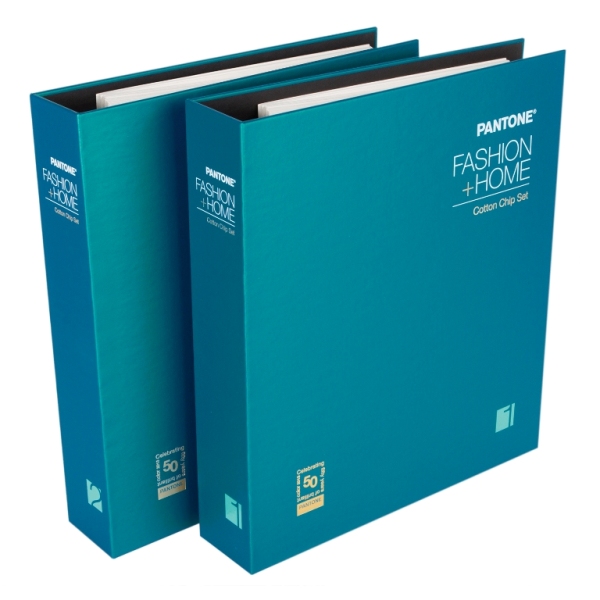Calibration is comparing a measurement device or instrument with a known standard to determine and adjust any deviations in its accuracy. Calibration is essential in ensuring the reliability and accuracy of measurement instruments and devices used in various industries, including manufacturing, healthcare, and scientific research.
Here are some basic terms and definitions related to calibration:
Standard: A known quantity used as a reference for measuring the accuracy of an instrument or device.
Traceability: The ability to trace the calibration of an instrument or device back to a recognized standard.
Calibration certificate: A document that provides the details of the calibration process, including the date of calibration, the standard used, and the results obtained.
Calibration interval: The frequency at which an instrument or device is calibrated, determined by its level of use, the type of application, and the manufacturer's recommendations.
Accuracy: The degree to which an instrument or device measures the true value of a parameter.
Precision: The degree of repeatability or consistency of measurement by an instrument or device.
Tolerance: The acceptable range of error or deviation from the true value for an instrument or device.
Calibration curve: A graphical representation of the relationship between the readings obtained from an instrument or device and the known standards used for calibration.
Calibration procedure: A documented set of steps that define the process for calibrating an instrument or device, including any necessary adjustments or repairs.
Calibration uncertainty: The measurement uncertainty associated with the calibration process, including the uncertainties of the standard used, the measuring instrument, and the calibration procedure.







